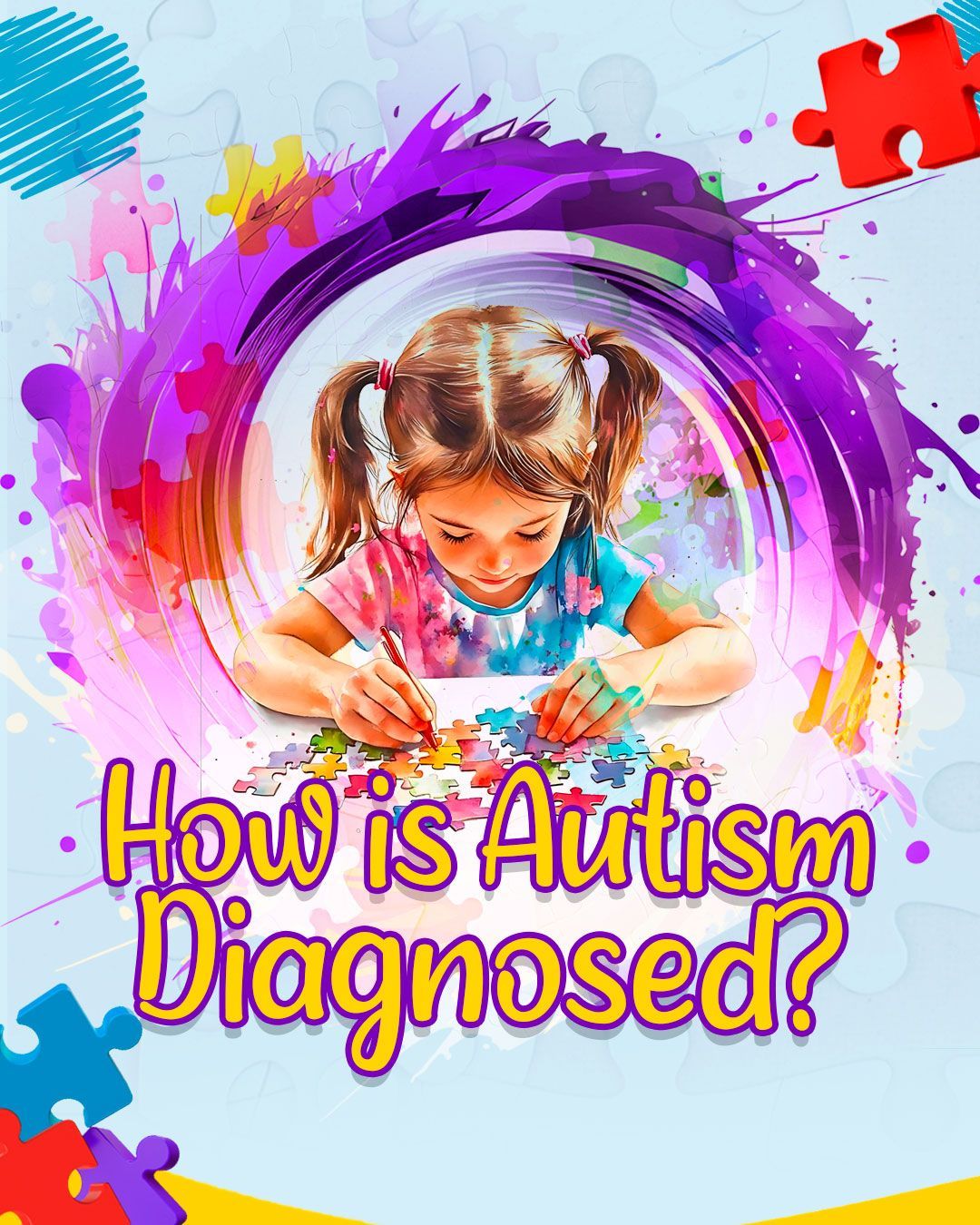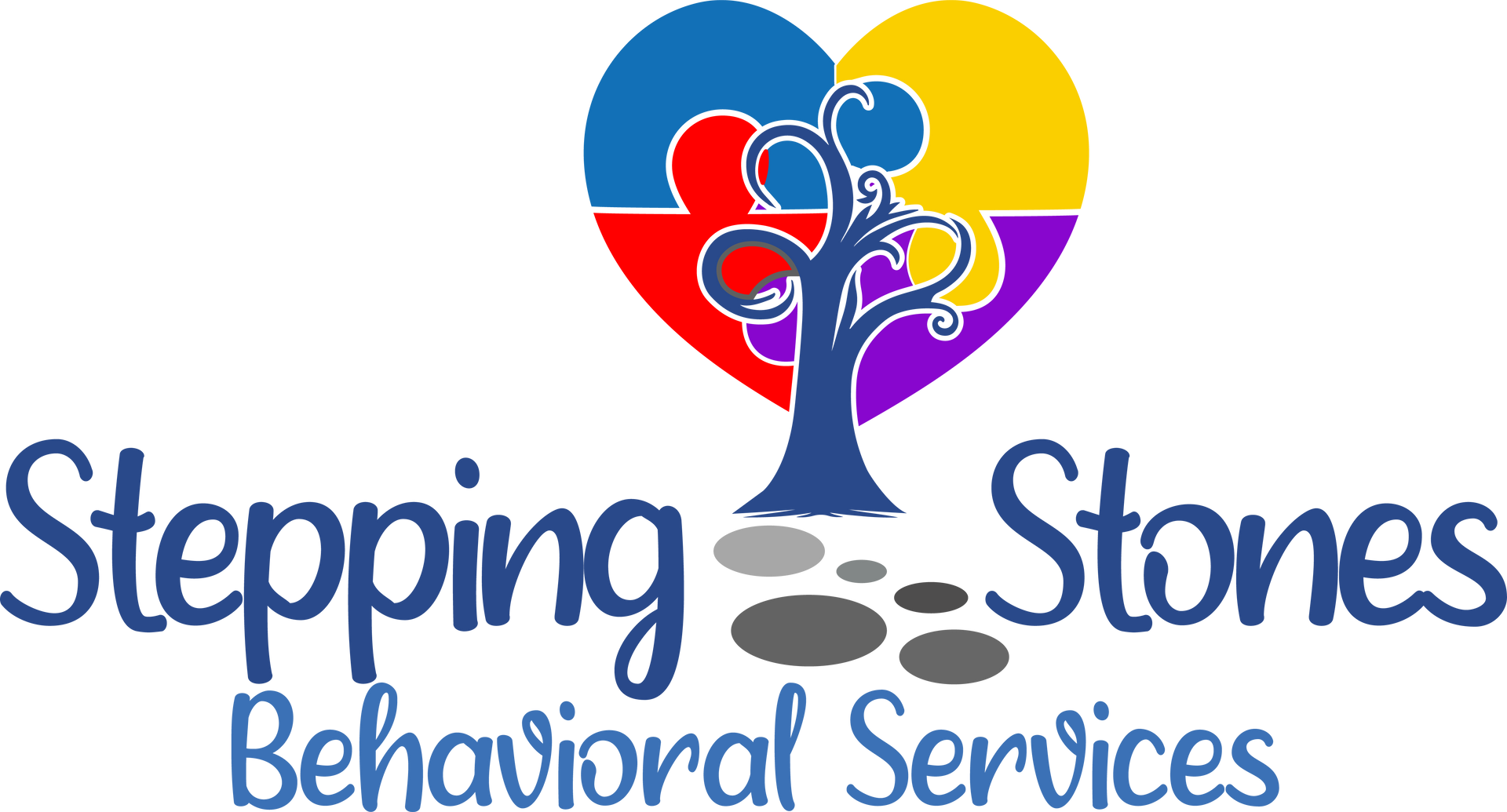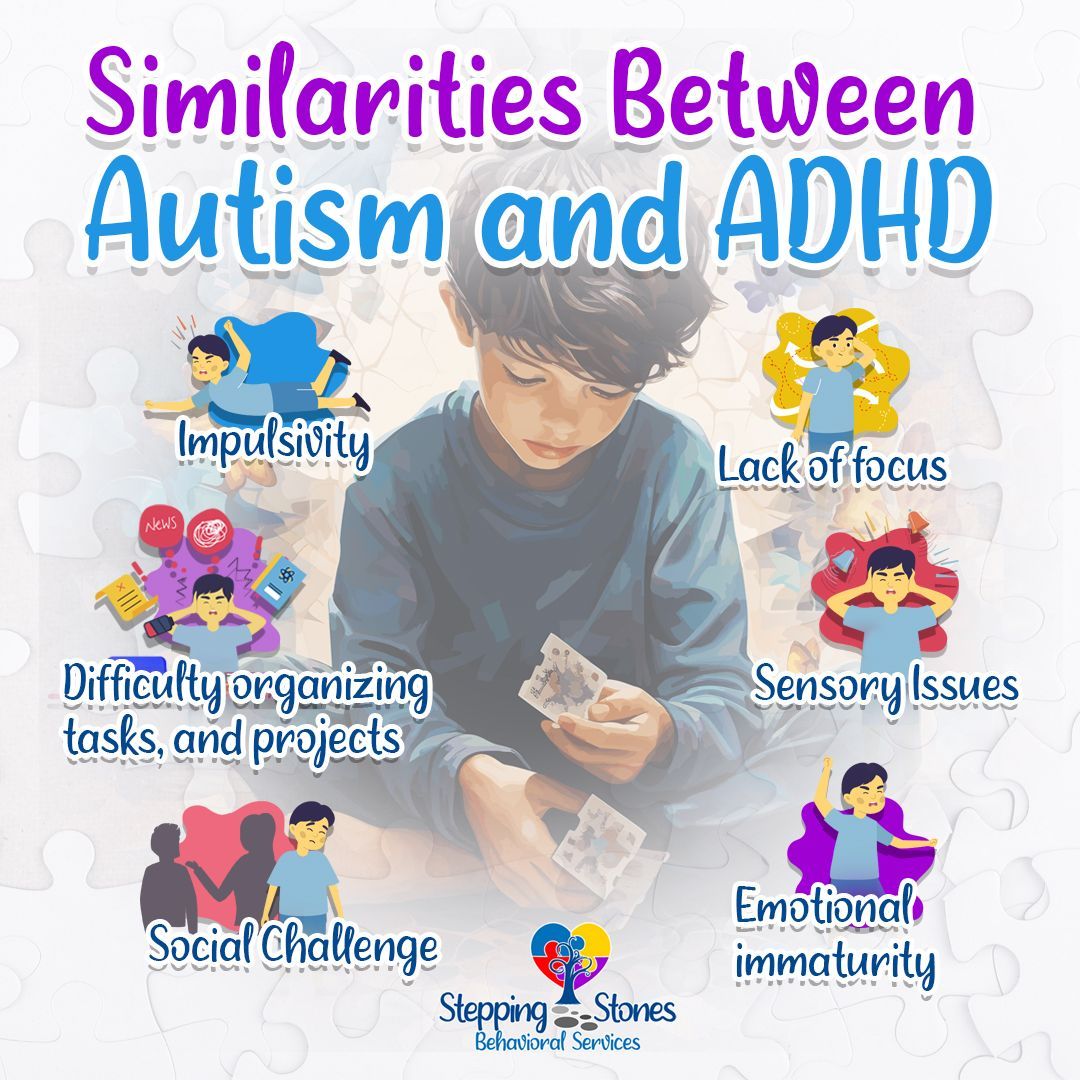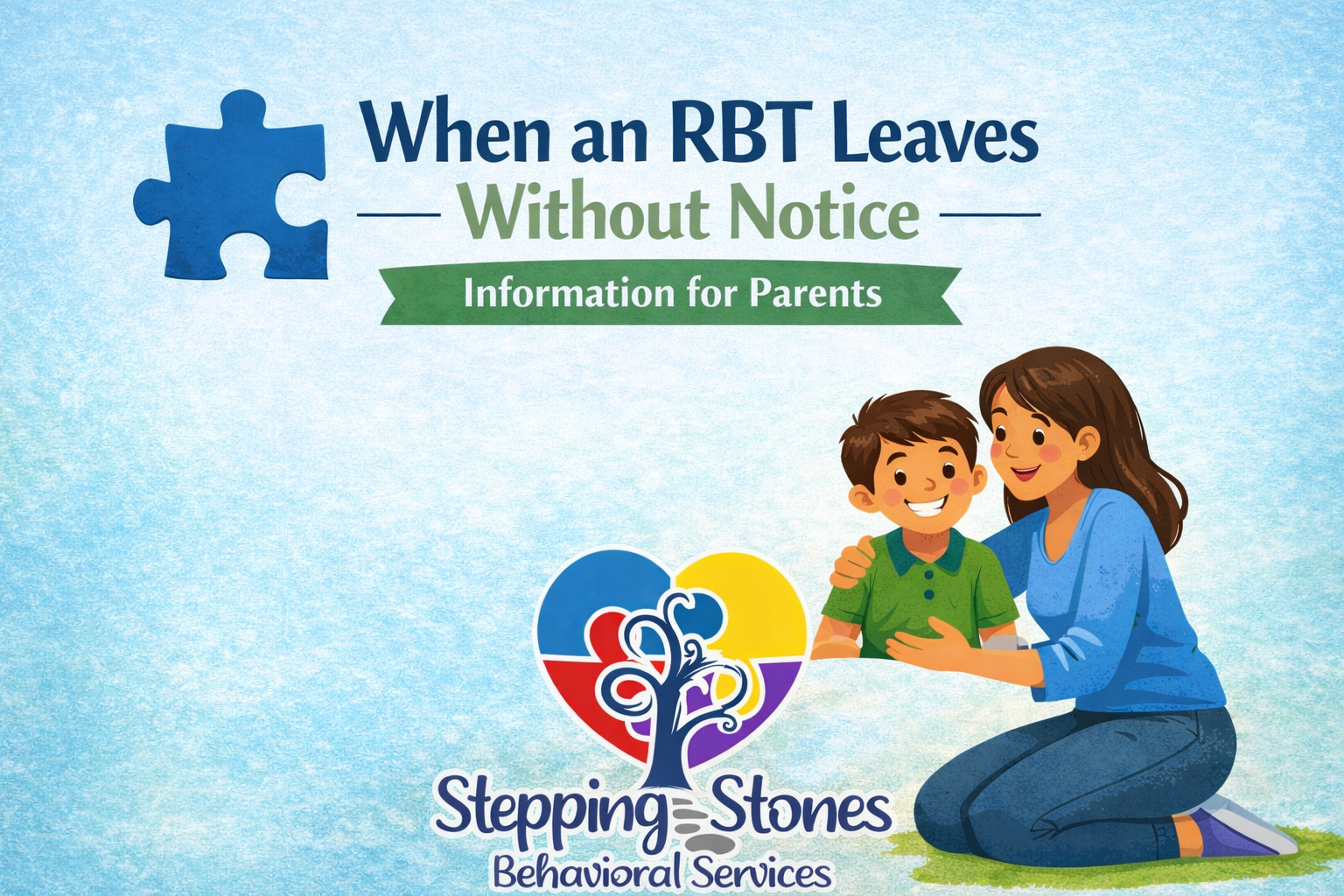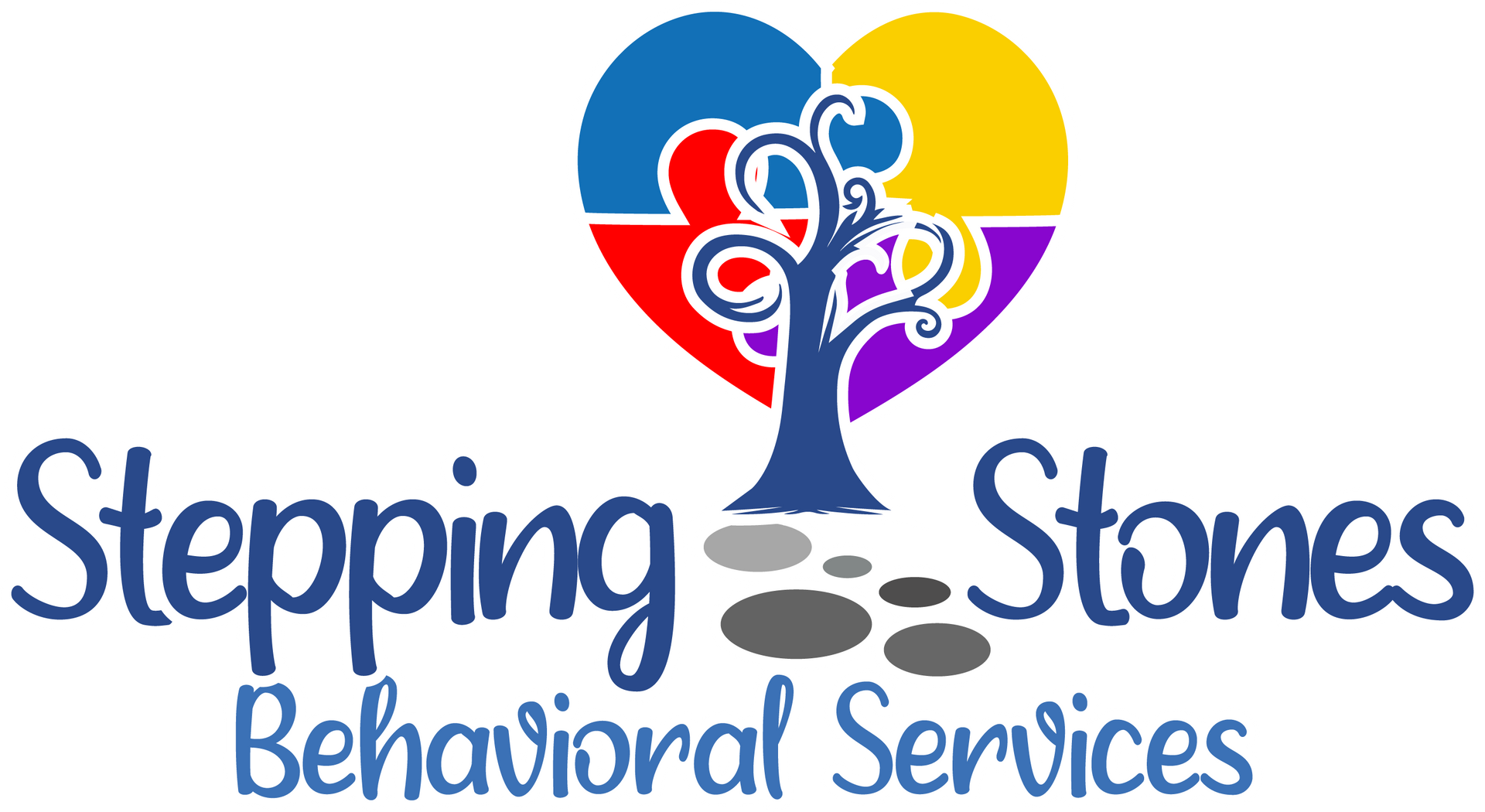Autism and Attention Deficit Hyperactivity Disorder (ADHD) are both neurodevelopmental conditions that share several overlapping traits, which can sometimes make them difficult to distinguish. Studies suggest there is a strong genetic link between the two, with both exhibiting high heritability and genetic overlap. While the causes of these conditions remain complex, the shared symptoms between them are important for understanding how individuals experience both conditions and why they may present similarly in some cases.
Autism vs. ADHD: Where Do They Overlap?
Exploring the Connection Between Autism and ADHD: Shared Traits and Key Differences
Distinctive Traits: Autism vs. ADHD
Lista de servicios
-
1. Sensory Differences:Elemento de lista 1
Both individuals with autism and ADHD may experience heightened or diminished sensitivity to sensory stimuli. For example, they might find certain noises, textures, or lights overwhelming, or conversely, they might not notice sensory input that others would typically respond to.
-
2. Executive Dysfunction:Elemento de lista 2
Both conditions can lead to challenges with executive functioning, such as planning, organizing, and completing tasks. People with ADHD might struggle with staying on task due to distractibility, while those with autism may have difficulty organizing their day or following through on a sequence of tasks.
-
3. Sleep Disturbances:
Sleep difficulties are also common among both individuals with ADHD and autism. These difficulties can range from trouble falling asleep to disrupted sleep cycles, which can have a significant impact on daily functioning.
-
4. Interoception:
Interoception refers to the ability to recognize and respond to internal bodily signals such as hunger, thirst, or fatigue. Both individuals with autism and ADHD may struggle to accurately perceive these signals, which can lead to difficulties in self-regulation and maintaining appropriate self-care routines.
-
5. Rejection Sensitivity:Elemento de lista 4
Both people with ADHD and autism may experience heightened sensitivity to rejection or criticism. This could manifest as frustration or distress when they feel misunderstood or excluded from social interactions.
-
6. Limited Eye Contact:
Atypical eye contact is another shared characteristic. While people with ADHD might be easily distracted and avoid eye contact during interactions, individuals with autism may avoid eye contact due to sensory overload or challenges with social engagement.
-
7. Social Challenges:
Social interactions can be difficult for both groups. Individuals with ADHD may struggle with social impulsivity, such as interrupting conversations or being unaware of social norms, while those with autism often have difficulty understanding social cues, making it harder to navigate social situations. Both groups may face challenges in maintaining conversations or forming lasting relationships.
-
8. Hyperfocus & Interests:Elemento de lista 3
Another shared trait is the ability to hyperfocus. While both groups may exhibit intense focus on specific interests or hobbies, individuals with ADHD often get absorbed in activities to the exclusion of other things due to their tendency to seek novelty. For individuals with autism, this hyperfocus is often on specific, preferred topics, which may lead to an intense interest in particular areas of study or collections.
Distinctive Traits: Autism vs. ADHD
Despite these shared traits, there are notable differences between autism and ADHD. Individuals with ADHD tend to crave novelty and often seek out new, stimulating experiences. They may exhibit impulsive behaviors and have trouble staying focused on a single task. In contrast, individuals with autism generally prefer routine and predictability, finding comfort in structure and repetition. This preference for consistency often extends to their social interactions, environments, and even their hobbies.
When both autism and ADHD are present in one individual, the condition is sometimes referred to as "AuDHD." A person with AuDHD may experience a kind of internal struggle between these contrasting traits—on one hand, the impulsivity and need for novelty associated with ADHD, and on the other, the preference for routine and resistance to change typical of autism. These differences can make it more challenging to manage daily tasks and social situations, and the person may experience more intense versions of the shared traits, such as heightened focus on a particular interest or more pronounced difficulties in social interactions with neurotypical individuals.
Conclusion: Understanding the Complexities of Autism and ADHD
In simple terms, both autism and ADHD can look similar because they share some key traits, but they also have important differences. For individuals with both conditions, it can feel like navigating a world where their brain is constantly balancing between needing routine and seeking new experiences. Recognizing the overlapping traits can help us provide better support and understanding to people living with these conditions, ultimately leading to a more compassionate and informed approach to their needs. Understanding these challenges is an essential step toward improving quality of life and helping individuals thrive in their own unique way.
